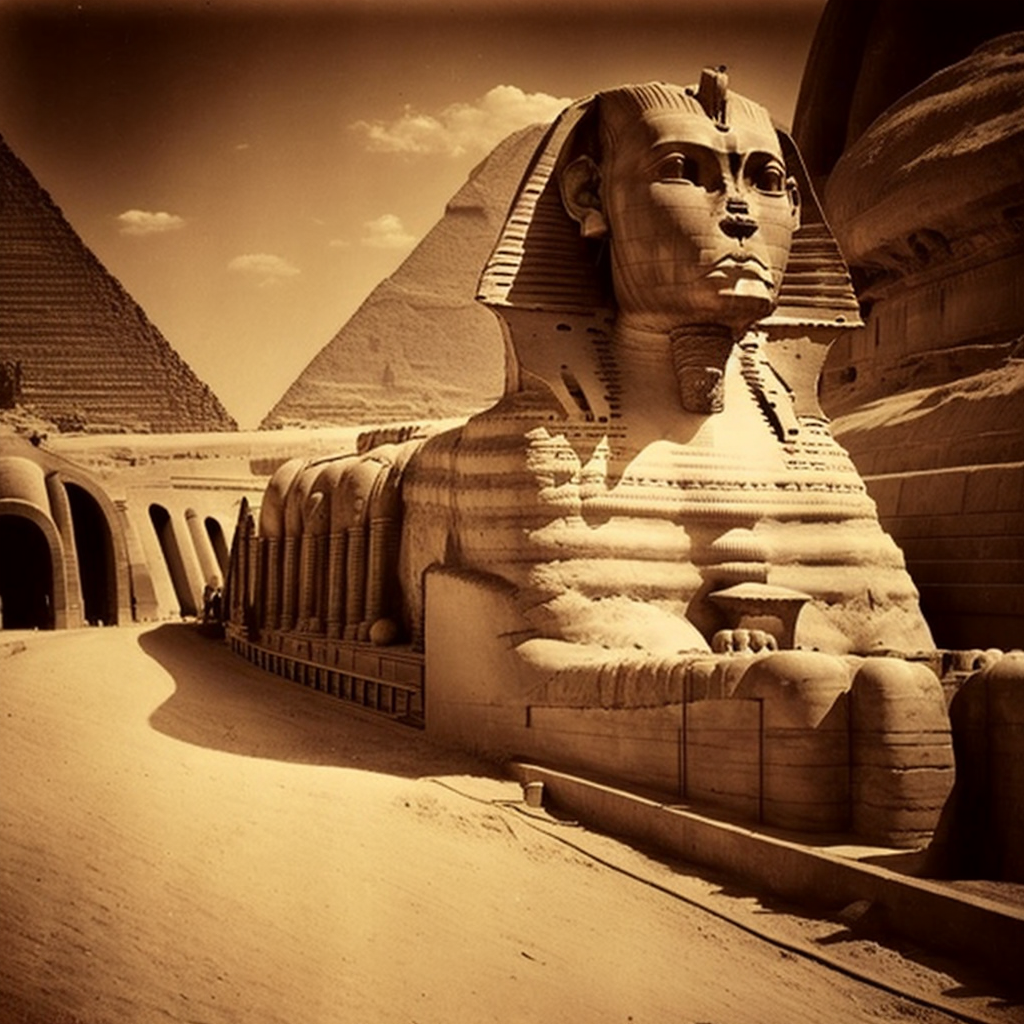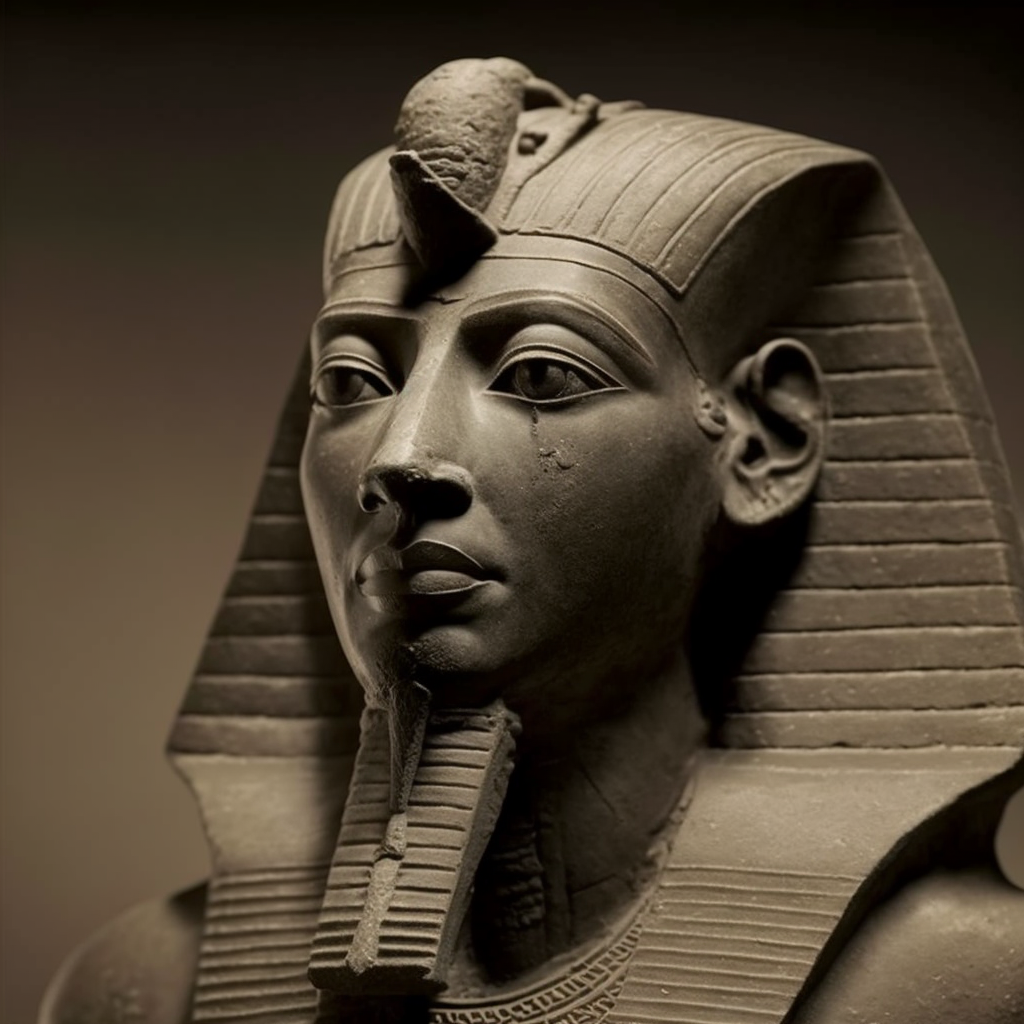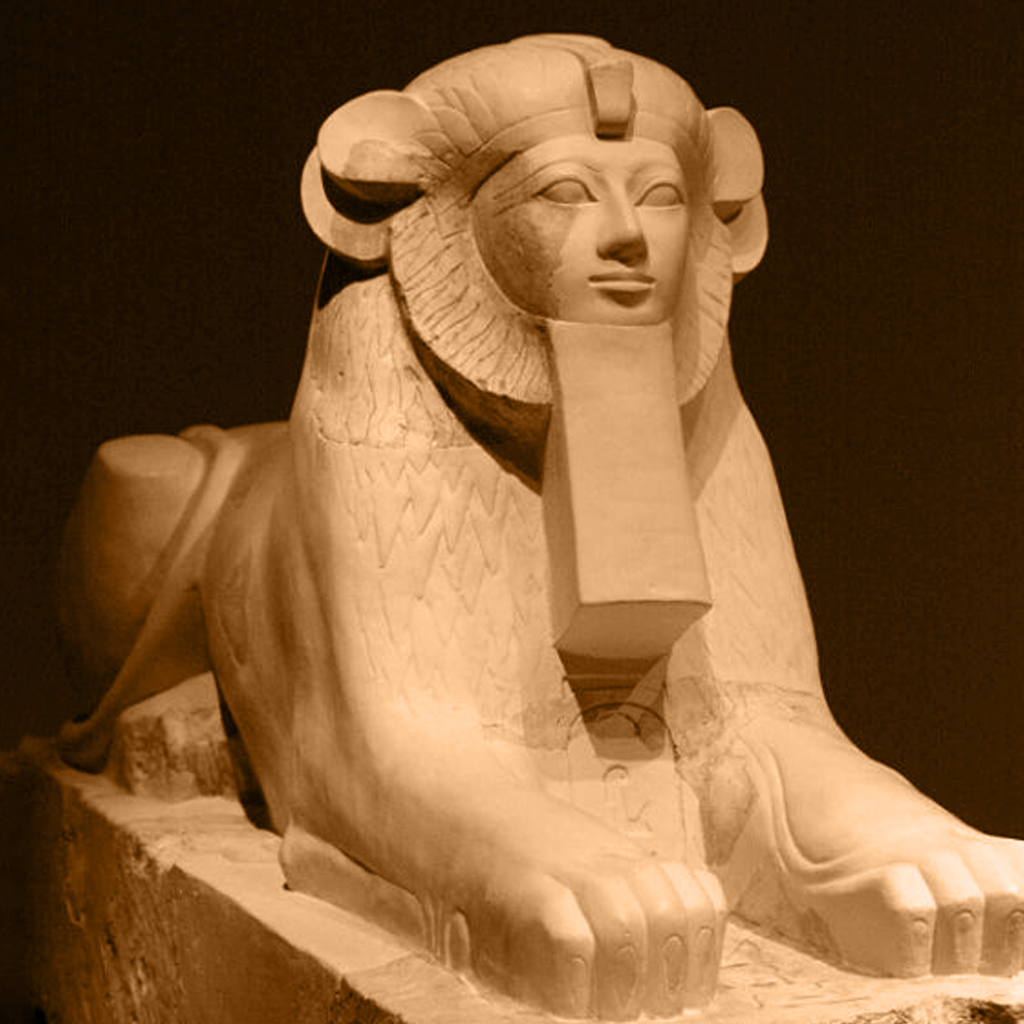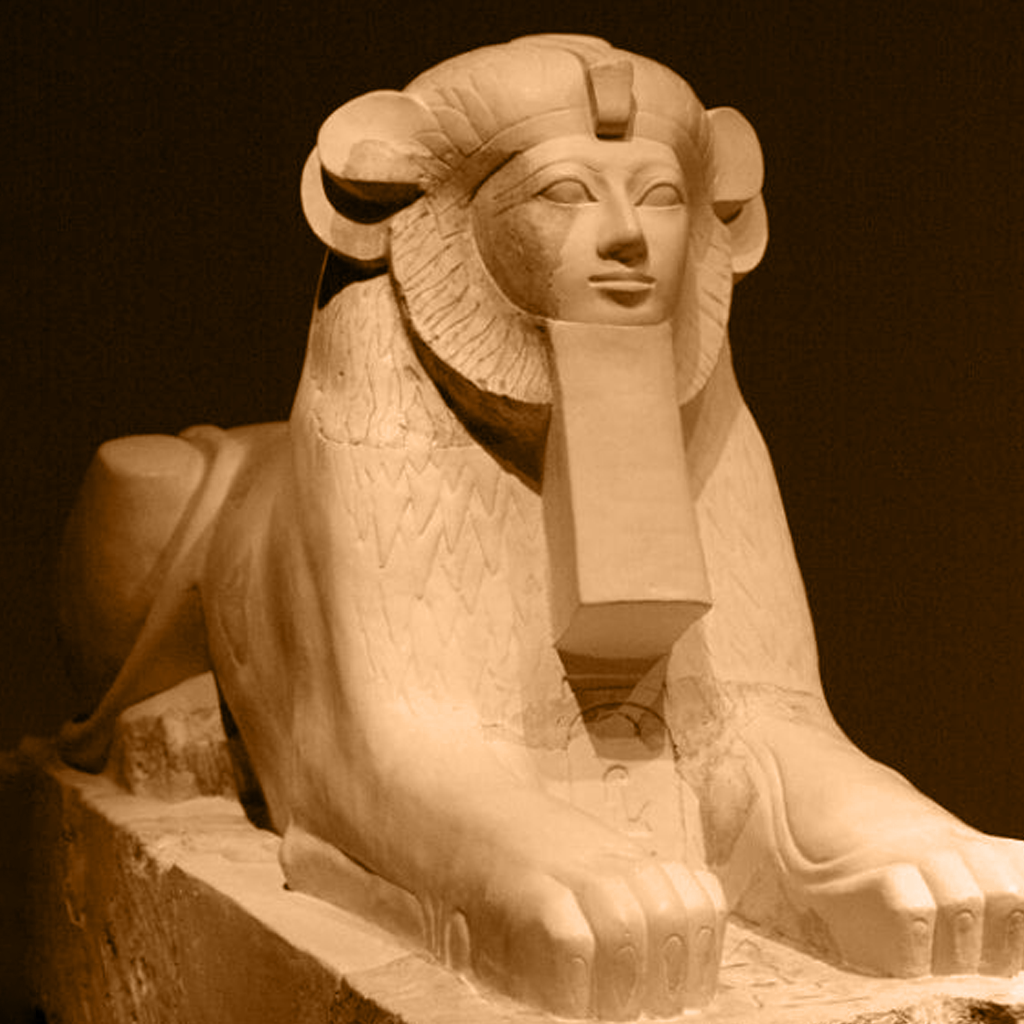
The Great Sphinx of Giza is a massive and enigmatic sculpture that has stood for thousands of years in the desert sands of Egypt, guarding the ancient pyramids and gazing out over the sprawling landscape.
But despite its imposing presence, the Sphinx is shrouded in mystery and intrigue, and there are many mysteries that continue to surround this ancient monument.
One of the most enduring mysteries of the Sphinx is its age. Despite the fact that it has stood for thousands of years, no one is quite sure how old it actually is. Some experts believe that it was built as far back as 2500 BC, while others think it may be even older.
Another mystery surrounds the purpose of the Sphinx. Some believe that it was built as a guardian of the pyramids, while others think it may have been used as a temple or a place of worship. Still others believe that it may have had a more practical purpose, such as a marker for a buried water source or a way to mark the location of the underground tombs of the pharaohs.
There have been many theories about the possibility of hidden chambers or tunnels under the Great Sphinx of Giza. One of the most well-known of these theories is the idea that there is a large, hidden chamber under the Sphinx that contains important artifacts or even the burial chamber of the Pharaoh Khafre, who is believed to have commissioned the construction of the Sphinx.

There have been several attempts over the years to find and explore these supposed hidden chambers, including several expeditions that used ground-penetrating radar and other advanced technologies to search for anomalies beneath the surface of the Sphinx. While some of these expeditions have claimed to have found evidence of hidden chambers or tunnels, none of these claims have been conclusively proven, and the existence of such chambers remains a matter of debate among experts.
But perhaps the greatest mystery of the Sphinx is its identity. While it is commonly referred to as the Sphinx, the ancient Egyptians actually called it “Horemakhet,” which means “The One Who is Upon His Face.” This has led some to believe that the Sphinx may not be a sphinx at all, but rather a representation of a different ancient Egyptian deity.

Despite the many mysteries that surround the Great Sphinx of Giza, it remains one of the most iconic and enduring symbols of ancient Egyptian civilization. Its enigmatic gaze and timeless beauty continue to captivate the imagination of people all over the world, and it is likely to remain a source of fascination and intrigue for generations to come.

